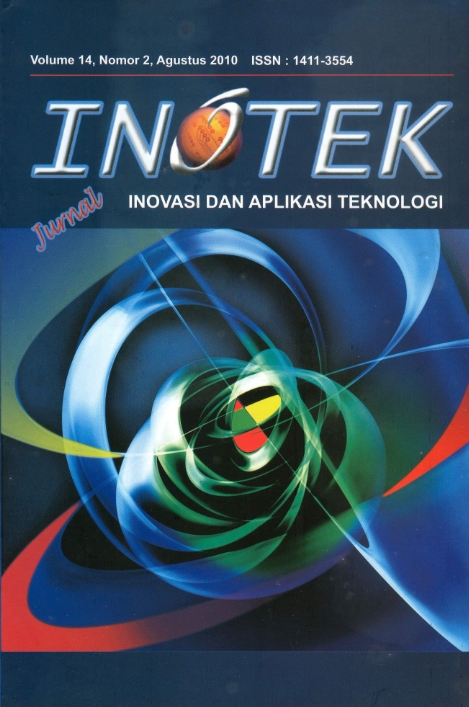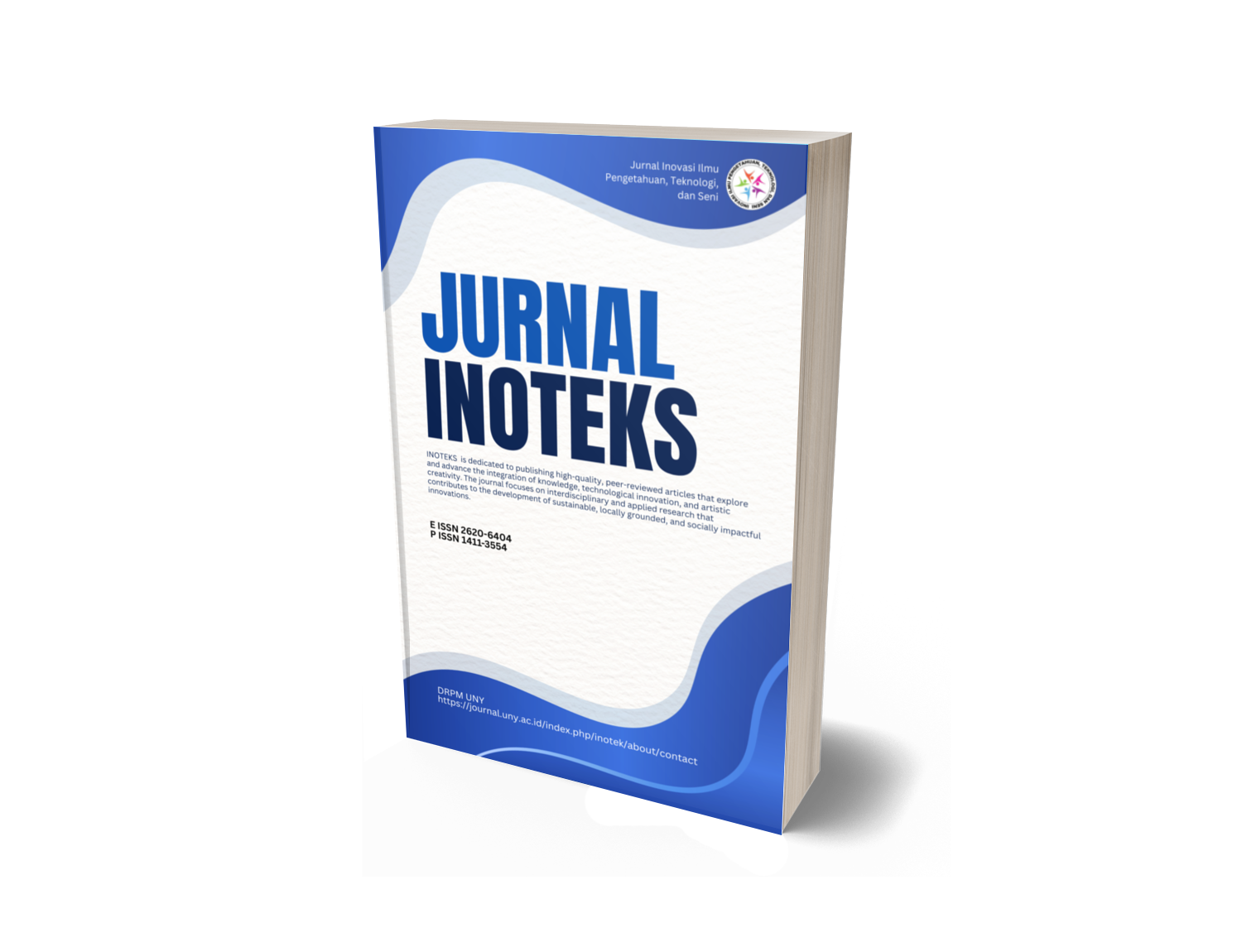PELATIHAN PEMANFAATAN BARANG BEKAS SEBAGAI MEDIA PEMBELAJARAN EKONOMI (STRATEGI MENUMBUHKAN JIWA WIRAUSAHA PADA GURU DAN SISWA)
DOI:
https://doi.org/10.21831/ino.v14i2.2294Abstract
The main purpose of PPM activity is after finishing the training
students are expected to be able to practice the knowledge and their capabilities in using useless goods as economics learning media as strategy to build the spirit of businessman to teacher and students. There is a special purpose: (a) giving training to economics teacher concerning the use of useless goods as economics learning media; (b) giving supplies and capability in designing the use of useless goods as economics learning media; and (c) giving supplies and capability in using useless goods as economics learning media which is a strategy to build the spirit of businessman in teacher and students.
The method of PPM activity used to reach the target is speech,
simulation, and giving an assignment. The result which is reached through PPM activity is (a) Most of participants who have a positive attitude toward training implementation. This case can be showed from the observation result that most of serious teachers (95%) and enthusiastic; (b) It is looked from the understanding level toward learning material to show that 100 % participants understand in training material. This case is seemed at the time it is given assignment to design useless goods from 7 groups, 100% is successful to develop useless goods. The understanding and mastering of teacher toward training material, although there are 2 media groups he or she develops but they are not appropriate to be sold; (c) It is looked from the capability of RPP development by using media of useless goods to show that from 7 groups, there are 6 groups collecting RPP, 1 group do not it; (d) It is looked from the capability to apply in the class showed by assignment the practice of using useless goods as learning media, there are 6 groups do it; and (e) It is looked from the spirit of businessman shows that all participants are seemed to be enthusiastic trained to sell product result which is made of useless goods have been developed.
The conclusion of this activity is the activity of dedication to people
can be made as a means of developing teacher capability to do new innovations in the case of using and developing useless goods as economics learning media in the class, beside that teacher can do the refreshing and new ideas in learning. It is expected that in the next budget year LPM still facilitates same PPM activity with most of target which is wider so the increase of quality in learning can be felt by more schools and students.
Downloads
Published
How to Cite
Issue
Section
Citation Check
License
- Authors certify that the work reported here has not been published before and contains no materials the publication of which would violate any copyright or other personal or proprietary right of any person or entity.
- Authors transfer or license the copyright of publishing to Jurnal Civics: Media Kajian Kewarganegaraan to publish the article in any media format, to share, to disseminate, to index, and to maximize the impact of the article in any databases.
- Authors hereby agree to transfer a copyright for publishing to Jurnal Civics: Media Kajian Kewarganegaraanas a Publisher of the manuscript.
- Authors reserve the following:
- all proprietary rights other than copyright such as patent rights;
- the right to use all or part of this article in future works of our own such as in books and lectures;
- use for presentation in a meeting or conference and distributing copies to attendees;
- use for internal training by author's company;
- distribution to colleagues for their research use;
- use in a subsequent compilation of the author's works;
- inclusion in a thesis or dissertation;
- reuse of portions or extracts from the article in other works (with full acknowledgement of final article);
- preparation of derivative works (other than commercial purposes) (with full acknowledgement of final article); and
- voluntary posting on open web sites operated by author or author's institution for scholarly purposes, but it should follow the open access license of Creative Common CC BY-NC-SA License.









